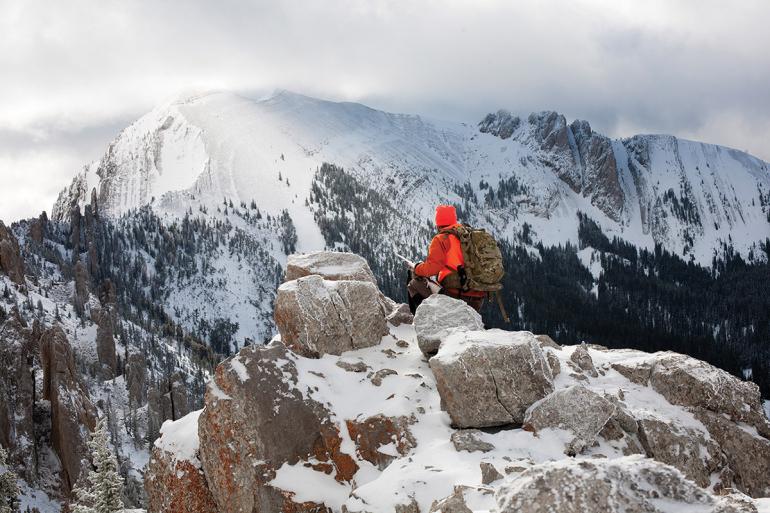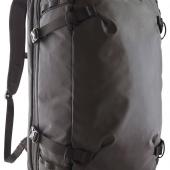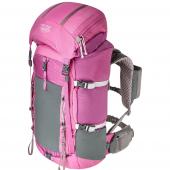Pack a Punch
What to look for in a hunting pack.
For the majority of hunters, especially out West, a backpack is a vital piece of gear, on par with good boots. But what constitutes a good hunting pack? How are they different from a good old-fashioned backpacking pack? Let’s dive in and find out.
Durability
Ultralight fabrics and hardware have their place, but not in a hunting pack. Hunters put their packs through the ringer, frequently carrying 25-30 pounds of gear, but then may need to load up 90-plus pounds of elk quarters or boned-out meat for the long haul out. Look for a pack made with hard-wearing fabrics, robust zippers, burly buckles, and tried-and-true construction methods. Five miles deep with an elk on the ground is not necessarily the time to test drive a new fabric or frame concept.
Hauling Capabilities
My first real “pack out” roughly 20 years ago found me stuffing deer quarters into a garbage bag and then cramming all of it into the bottom of my navy-blue pack, which was designed for light backpacking. Another game bag was lashed haphazardly to the outside of the overstuffed pack, along with the small three-point mule-deer rack and a tripod—I was a walking junk show.
Today, I’m a (slightly) smarter hunter, and understand how to carry cumbersome loads like elk quarters and boned-out meatin game bags much more efficiently. But the main reason is my pack has the ability to carry very heavy loads between the frame and bag, thereby keeping the weight centered and close to my body as well as outside of my pack, away from food, clothes, or optics. Don’t short-change yourself here—get a pack with a well-designed load “shelf” that is easy to deploy and hauls like a mule.
Organization
Some pack designs push simplicity a bit too far, and a so-called hunting pack may merely be a glorified roll-top haul bag on a frame. The opposite is true, as well, and packs with a dozen zippers, pockets, and dedicated thingamabobs become a hassle and can be excessively heavy. Look for a pack with a top lid (usually with one or two pockets) for the essentials like a headlamp, food, or camera, with one or two internal pocket options, and a hydration sleeve. Customize your gear organization with small stuff sacks, which you can set up any way you like.
Fit and Comfort
While last, this is by far the most important point. The best pack out there isn’t worth a dime if it fits poorly, creating hot spots on shoulders or hips, and swaying under hefty loads like a drunken sailor leaving the bar. Several points to consider: know your torso length and waist measurement. No time to be proud, break out a tailor’s tape (or paracord, to measure later on a flat surface) and ensure the yoke and waistbelt sit exactly where they should be. Talk to the pack manufacturer or a good retailer to nail the size, and be sure to try it on with weight in the pack.
Tim Hoffer is the hunting-sales manager at Mystery Ranch in Bozeman.












